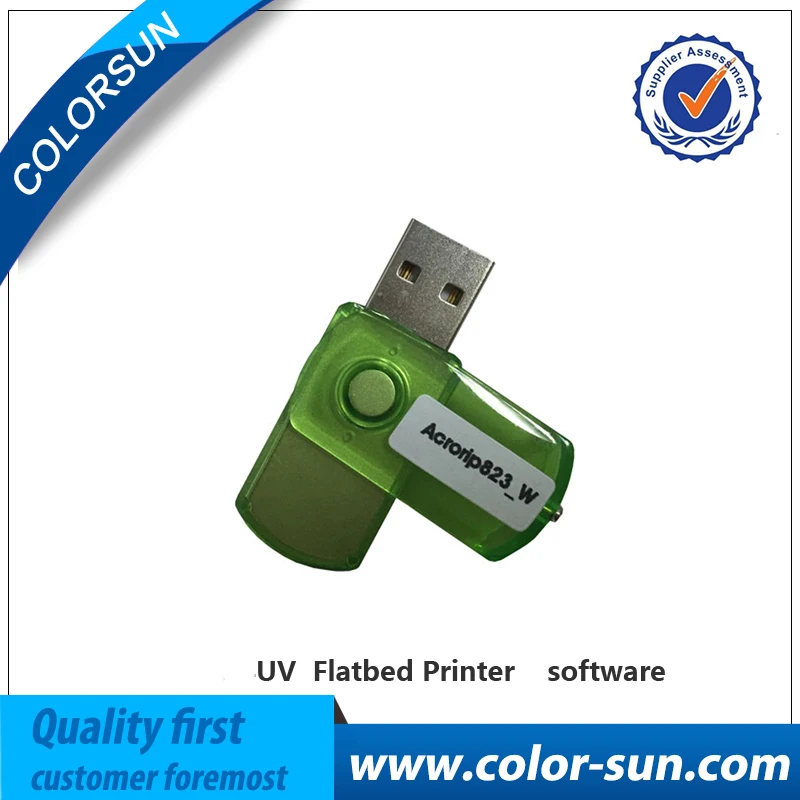

Third party Rips can often control textured layers too. This can control the raised imaging layers and also allows white to be sandwiched between two sets of colour images for printing on glass or clear plastic. However, the older UV printers can produce raised images as well.ĭecock added that Mutoh offers a unique Layer Editor program, running in Windows. In Europe these are the new small A3 flatbed ValueJet 246UF and the 64 inch ValueJet rigid/roll 1626UH. Decock said that both these are suited to raised imaging through the company’s own Rips. Mutoh, another of the Japanese wide format manufacturers, is mainly promoting its new generation of LED-cured UV printers. Mimaki’s UV printers range from the small UJF 30 flatbeds to the medium-sized UJV-160 and UJV-500 LED-cured roll/flatbed models, to the big JFX-200 and JFX-500 flatbeds. By using a greyscale ‘height map’ for the clear layers, variable textures and domed effects can be created. It claims this requires minimal operator intervention or indeed file setup.
Uv inkjet printer rip software software#
The Mimaki RasterLink RIP software enables up to nine layers to be printed automatically to create the raised effect. The process is exactly the same as Roland’s building up multiple layers of ink by curing each layer. Mimaki shows off different texture effects using black UV cured inkĪccording to Jefferies, Mimaki has been able to produced raised images singe the mid-2000s, although it has never made such a big thing of it as Roland did in 2008. Setting up is similar to creating a cutting path for the printer-cutters – a specially named layer is created in the original image file (which is most likely a PDF), which is then detected by the Rip and assigned to the clear ink. The raised layers are set up and controlled by the Rip, in this case Roland’s own VersaRIP which is bundled with all of its printers.

This packaging sample with embossed effects was produced on a Roland VersaUV inkjet It can build up layers of clear ink to form a pattern embossed effect, or it can create textures by using a greyscale image in the artwork file, where dark is “low (ie fewer layers) and white is high (more layers). This was replaced by the faster LEC-330 and the even faster and wider 54 inch LEC-540. However, Roland DG was the first to make a big marketing point with this ability in 2008, when it introduced its first VersaUV printer-cutter, the 30 inch roll-fed LEC-300. In theory any UV inkjet with a scanning head can do this, providing the Rip and controller are built that way. It can be used for special effects, trophies, prototype packs and cartons - there are lots of possibilities.” “The luxury finish is certainly something printers are looking for, as it lets them charge a lot more than for regular work like posters and banners. “Raised imaging gives a new effect,” pointed out Nick Decock, commercial marketing manager of Mutoh Europe in Ostend. As we also pointed out, combining metallics with raised ink simulates foil blocking, again a high value effect. Rather like metallic effects, this raised imaging adds perceived value to the print, as the embossed appearance is associated with quality. “The raised nature of a UV print - be it clear or process - has allowed tactile signage, or packaging proofs that require a Braille element or any decorative 3D effect to be created by simply printing multiple layers of ink in register,” said Duncan Jefferies, marketing manager for Mimaki’s UK agent Hybrid Services. Because UV ink can be cured instantly after printing, it’s relatively easy to print on the same spot to build up layer on layer, giving a raised image that’s obvious to both the eye and to the fingers. However, those sandpaper images can be a definite advantage if you exaggerate them. Over the years the ink formulations have been refined and techniques such as pinning have reduced this effect to the point that the smarter curing systems can be used to vary the smoothness level between high gloss and matt within the same image.

Coarser halftones looked and felt like sandpaper. The original photopolymer UV inks cured so quickly that they didn’t have time to spread out and form a thin film, so the image areas stood proud of the media.
Uv inkjet printer rip software full#
Simon Eccles gives full marks to the UV inkjet community for turning what was originally an unwanted side effect into a valuable creative feature.


 0 kommentar(er)
0 kommentar(er)
